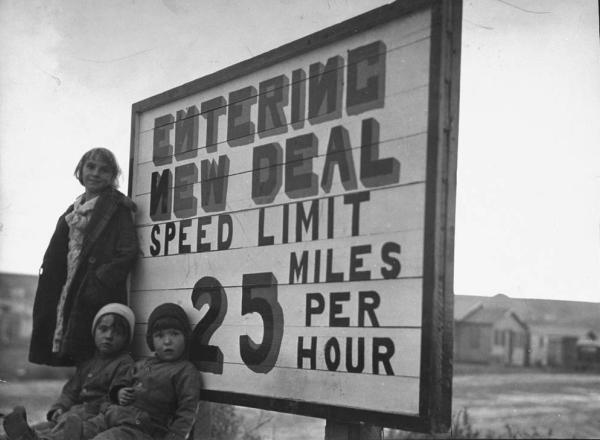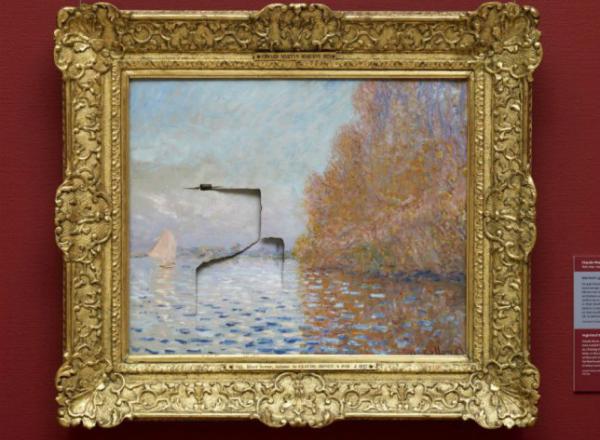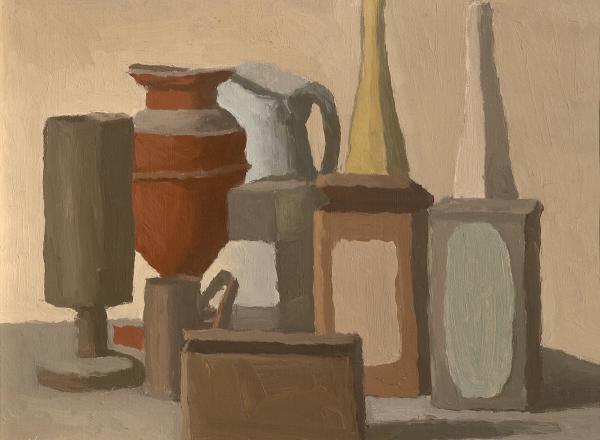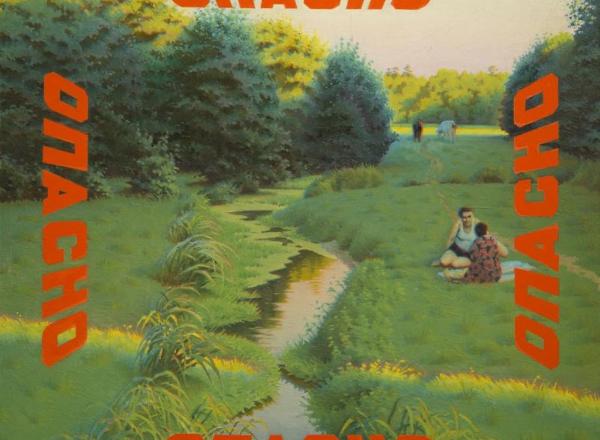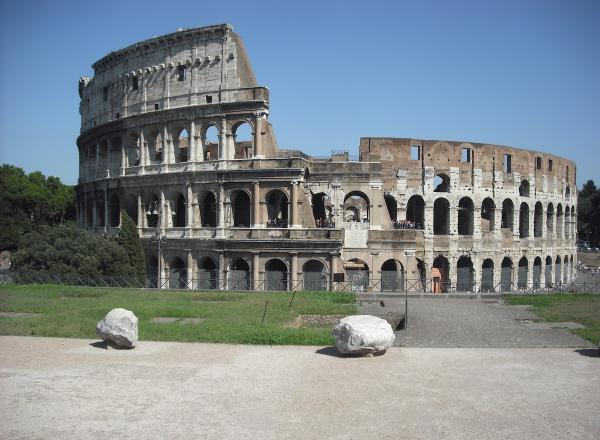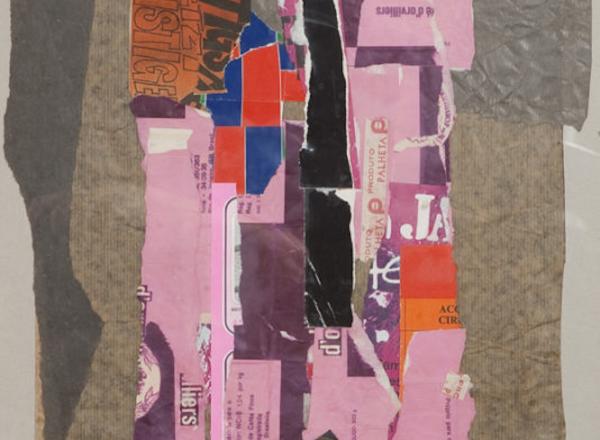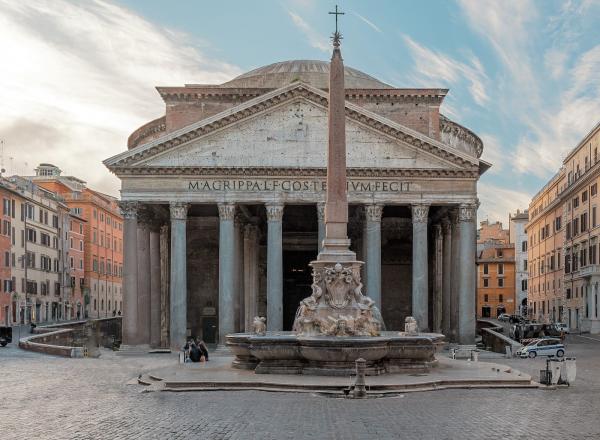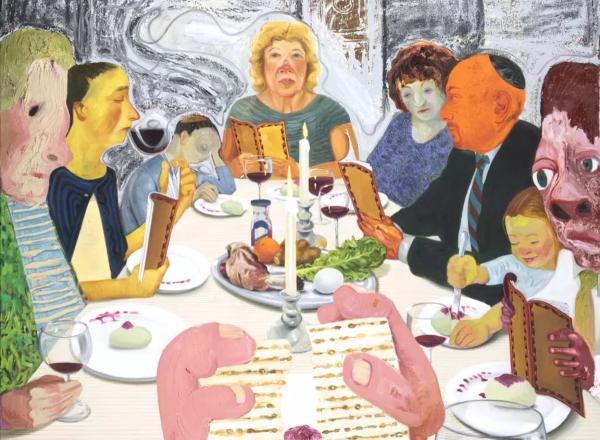Pop Art emerged in the US and the UK in the 1950s. The work of pop artists often elevates seemingly mundane or mass-produced items and imagery as a critique of the fine art world and its elitist tendencies. Though we all know Andy Warhol, there are so many others worth knowing more about.
Art News
All employed by LIFE magazine, these women—six of the most important photographers of the past century—contributed to the development of modern photojournalism between the 1930s and the early 1970s.
For many first-time visitors, there is a special kind of excitement that accompanies seeing a famous archaeological monument or work of art in person.
Attention to detail, subtle shifts of perspective, angles of surface, and objects overlapping or jutted up against one another; Giorgio Morandi’s sheer inventiveness with ordinary objects is distinctive.
Non-Conformist Art was counter-culture art that went against the state-approved Socialist Realism in the former Soviet Union in the latter half of the 20th century.
Interesting things are happening at the Colosseum. For the better part of a decade, the piazza surrounding Rome’s iconic amphitheater has been a mess.
Even as the art world continues to make strides toward gender equity, its history still holds major gaps. One such gap is the work of artist Jeanne Coppel. The Romanian-born French painter was a trailblazer in the use of abstraction in the 20th century.
Ever since their construction, the monuments and structures of ancient Rome have amazed and astounded their viewers with their grandeur and the ingenuity of their engineering. Throughout its history, Rome conquered much of modern Europe, northern Africa, and the Middle East, encompassing nearly 1.7 million square miles of territory at its height.
It’s the first night of Passover! Tonight, Jews all around the world will sit down together and recount the story of their ancestor’s exodus from Egypt and the Jewish people’s liberation from slavery. The Passover story is from the book of Exodus, which is one of the most central stories of the Torah, and it reflects some of the biggest themes in Jewish history: oppression, freedom, adversary, and the idea of a homeland.
Although such collections were kept by a wide range of groups and individuals—from Tsars to churches and apothecaries to scientific academies—a new wave of scholars have taken particular interest in the motives and cultural implications of the wealthy, often aristocratic, hobbyist collector.





